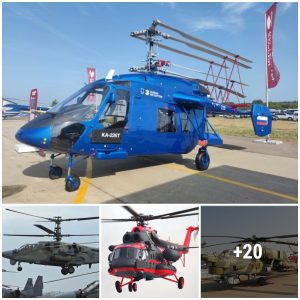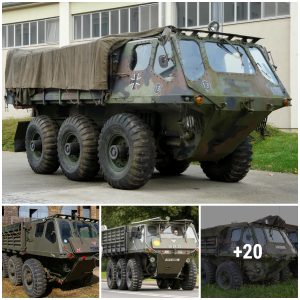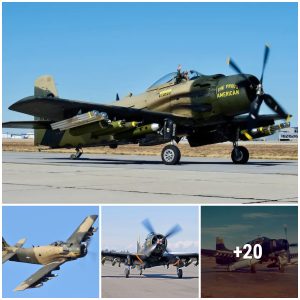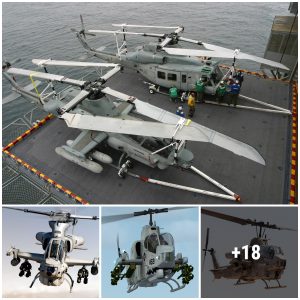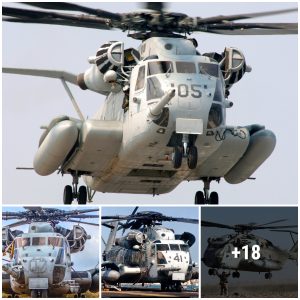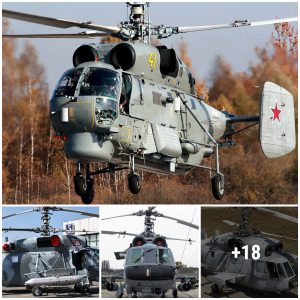Gerald R. Ford is intended to be the first of a class of aircraft carriers that offer significant performance improvements over the previous Nimitz class.
Introduce
USS Gerald R. Ford, the US supercarrier has finally started sea trials after more than a year of repairs. The ship received many compliments but also suffered from criticism after countless delays on departure for technical problems.
USS Gerald R. Ford with the hull number CVN-78 is the most expensive aircraft carrier of the US Navy, worth about $ 13 billion, not to mention the $ 4.7 billion spent on research and development. This ship uses nuclear power, can operate continuously without stopping, under all weather conditions at sea.
According to RT, the construction of the aircraft carrier is not an ordinary party. Ford is the product of years of construction, planning and design. More than 5,000 shipbuilders in Newport News and thousands of suppliers across the United States contributed to the first-of-class ship. It took 757 thousand liters of paint to paint the ship, this is enough to paint the White House 350 times.
With a displacement of 100,000 tons full load, equivalent to the mass of 400 Statue of Liberty, Ford also became the largest ship of the US Navy.

Background
The US Navy began design work on the Ford in the early 2000s, the era of then-Secretary of Defense Donald Rumsfeld’s “revolution in military affairs.” Construction work began on USS Ford in 2005 for a planned 2015 delivery. However, the delivery schedule gradually slipped to 2017, and costs ballooned 20 percent to $12.9 billion – more than any nation has ever paid for a warship.
Despite the cost, the Navy accepted her in an incomplete state and with known deficiencies, including problems with her catapult, arresting gear and elevators. Multiple additional issues with propulsion were discovered in sea trials, necessitating long post-shakedown repairs.
Many of these issues have since been resolved, the Navy says, but with the extended timeline for repairs and testing, the Navy expects that USS Ford will not enter service until 2024 – six years behind schedule and almost two decades after the first construction began.
The ship is named after the 38th President of the United States, Gerald Ford, whose World War II naval service included combat duty aboard the light aircraft carrier Monterey in the Pacific Theater.
Design
The design of USS Gerald R. Ford brings many noticeable upgrades compared to the Nimitz class, especially the higher quality living environment for sailors with quieter sleeping compartments, many entertainment and fitness areas, and better air conditioning system.
USS Gerald R. Ford shares a modified Nimitz-class hull form with a completely reconfigured internal space arrangement and flight deck layout. Innovations for the Ford class include an enhanced flight deck with increased sortie rates, improved weapons movement, a redesigned island, a new nuclear power plant, allowance for future technologies and reduced manning. These and many other evolutionary new designs are being developed by Newport News engineers to build the most capable aircraft carriers for the U.S. Navy.
When completed, the ship was 337m long (1,105 ft), 76m high (249.34 ft), 78m (255.90 ft) beam, and a draft of 12m (39.37 ft). In terms of size, Ford will be bigger than its predecessor, the Nimitz-class, but will have between 500 and 900 fewer crew members. This is because the ship was designed with highly automated components, allowing it to operate more efficiently with fewer employees, while also reducing the crew workload.
Propulsion
The heart of the ship is the advanced nuclear propulsion system with two reactors, four shafts and a zonal electrical power distribution system, providing a power generation capacity at least 25% greater than the 550 MegaWatts of the two A4W reactors in a Nimitz-class carrier.
By March 2018, due to issues with the nuclear propulsion system and munitions elevators, construction costs had reached $13.027 billion, making the Gerald R. Ford the most expensive warship ever built. Theoretically speaking, the ship can reach a maximum speed of 30 knots, the range of activity is not limited.
The ship’s configuration and electrical generating plant are designed to accommodate new systems, including direct energy weapons, during its 50- year service life.
Sensor and Electronic systems
Gerald R. Ford is intended to be the first of a class of aircraft carriers that offer significant performance improvements over the previous Nimitz class. Gerald R. Ford is equipped with an AN/SPY-3 and AN/SPY-4 active electronically scanned array multi-function radar, and an island that is shorter in length and 6.1m taller than that of the Nimitz class; it is set further aft and closer to the edge of the ship.
Replacing traditional steam catapults, the Electromagnetic Aircraft Launch System will launch all carrier aircraft. This innovation eliminates the traditional requirement to generate and store steam, freeing up considerable area below-deck.
With the EMALS, Gerald R. Ford can accomplish 25% more aircraft launches per day than the Nimitz class and requires 25% fewer crew members. The Navy estimates it will save $4 billion in operating costs over a 50-year lifespan.
Air wings
The carrier will be capable of carrying up to 90 aircraft, including the F-35 Joint Strike Fighter, F/A-18E/F Super Hornet, E-2D Advanced Hawkeye, EA-18G Growler electronic attack aircraft, MH-60R/S helicopters, as well as unmanned air and combat vehicles.
Armament
For self-defense, the ship is equipped with a range of surface-to-air missiles, including two RIM-162 ESSM and two RIM-116 RAM launcher systems, which defends against high-speed, highly manoeuvrable anti-ship missiles.
The close-in weapon system is three 20mm Phalanx close-in weapon systems, there are also four 12.7mm machine guns for close range threats.
Potential
The Gerald R. Ford ushers in a new class of warship designed to rule the seas through the 21st century. Gerald R. Ford entered the fleet replacing the decommissioned USS Enterprise, which ended her 51 years of active service in December 2012. At present, she is the world’s largest aircraft carrier, and the largest warship ever constructed in terms of displacement.
Thank you for visiting Military-wiki.com. I’m Dung Tran, the person behind all this content. I know some websites are copying my articles. Stop this, or at least respect me by citing the source from Military-wiki.com. Thank you.
